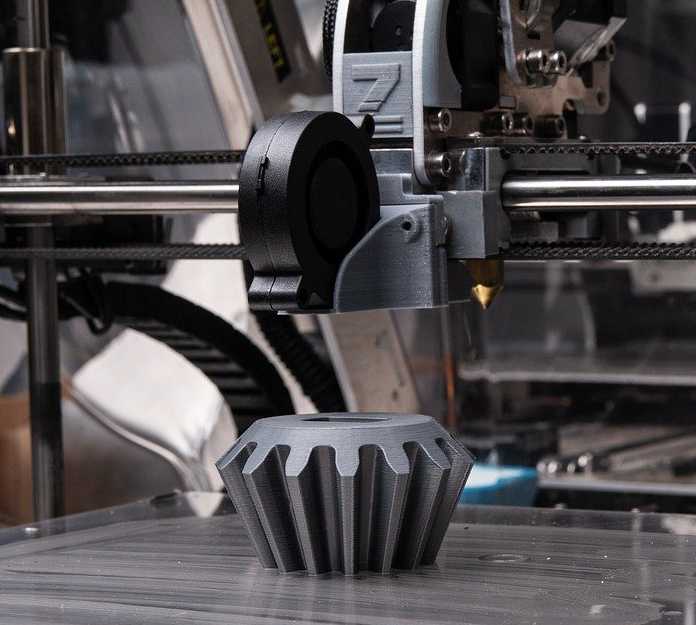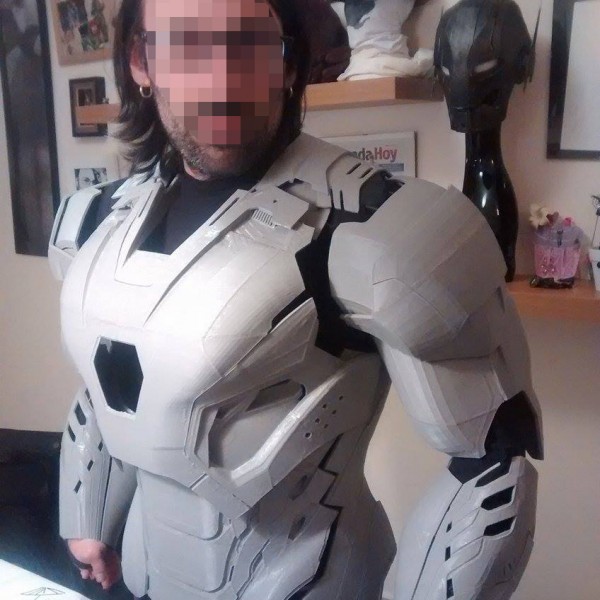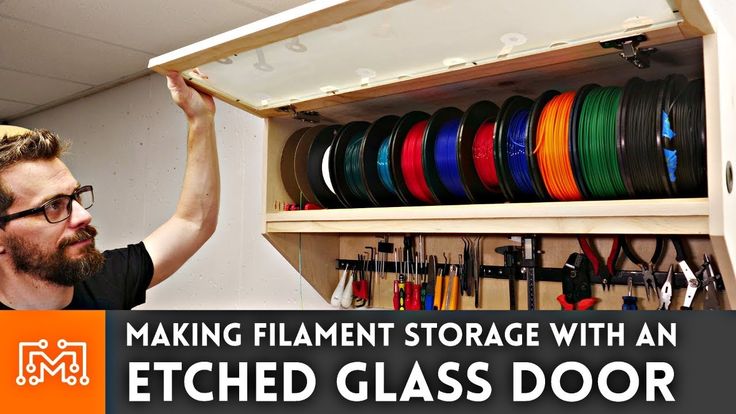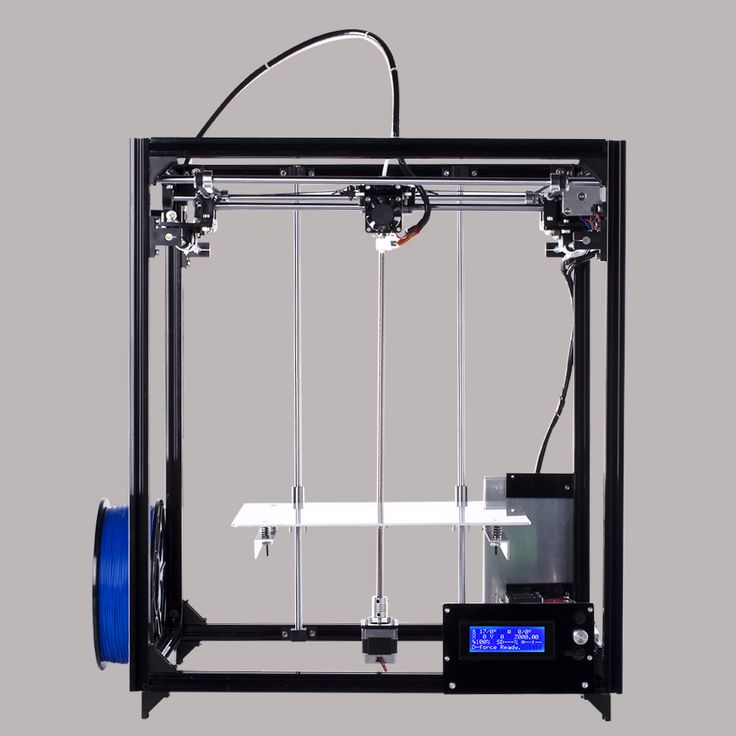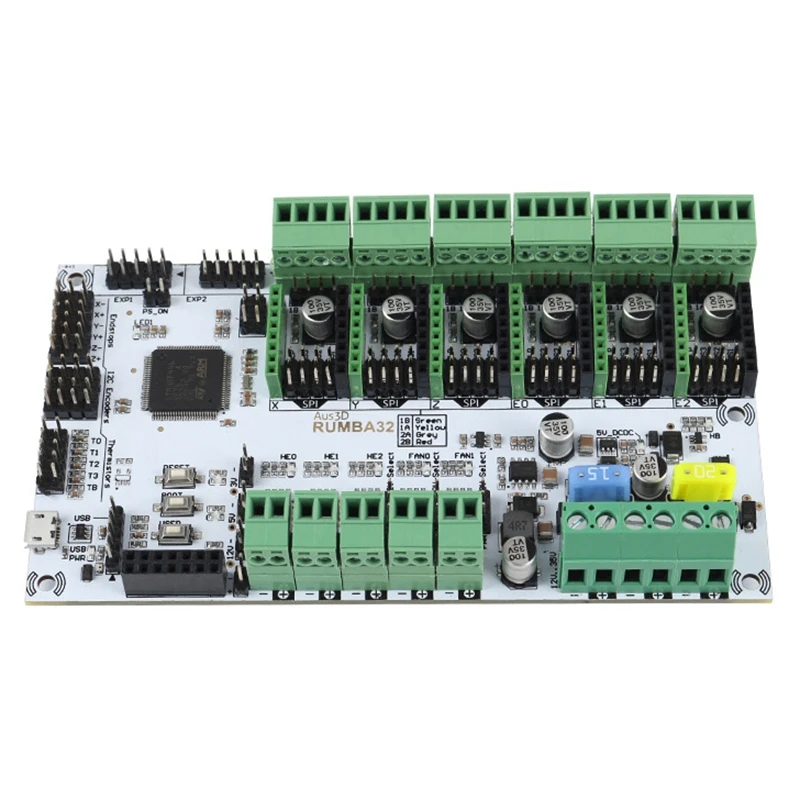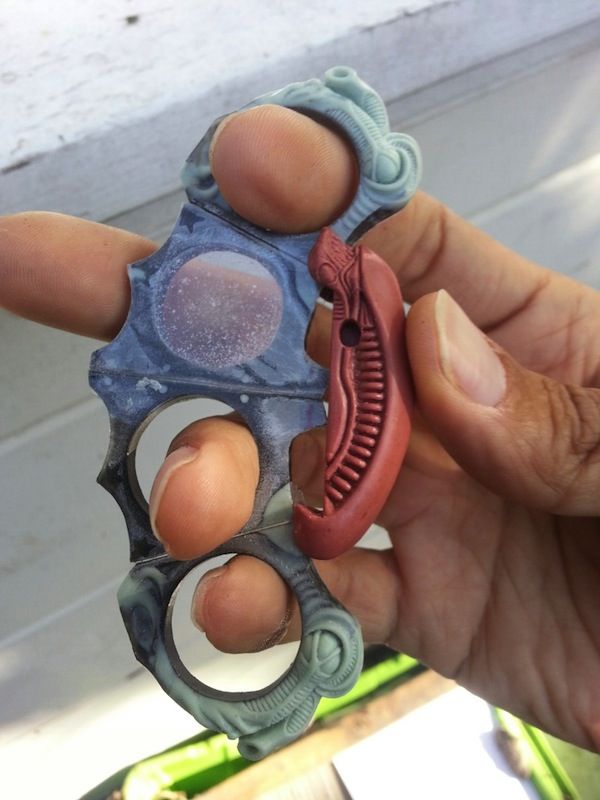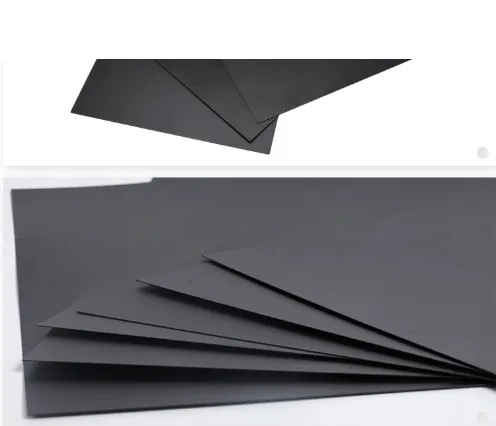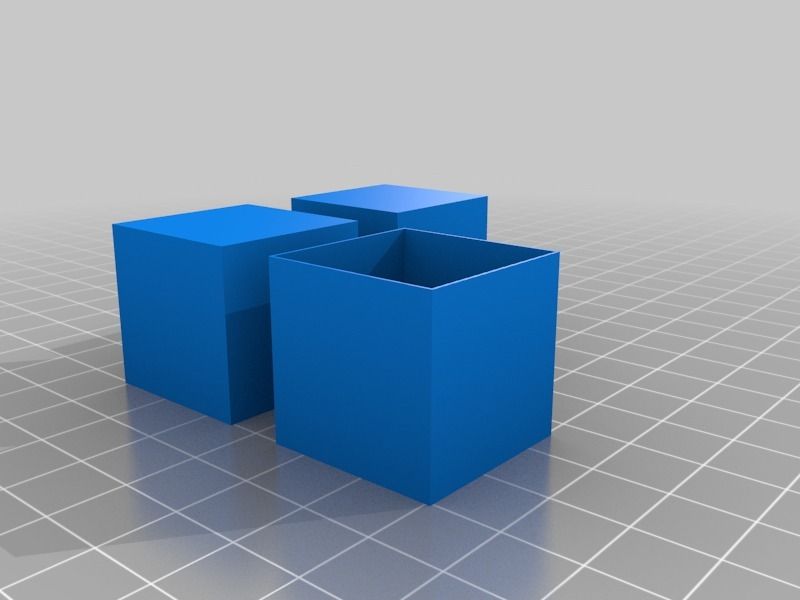3D printing composites with continuous fiber
Continuous Composites | Continuous Fiber 3D Printing
HomeTechnologyAboutNewsContact
HomeTechnology
Partners
Partners
Arkema / SartomerSiemens
NewsAboutCareersContact
A fundamental shift in composites manufacturing.
Explore CF3D®
Unlimited Possibilities
with CF3D®
CF3D® combines high-performing composite materials with rapid curing thermoset resins to create complex parts on demand. With the ability to print both structural and functional fibers, Continuous Composites presents a new future for additive manufacturing with composites.
See our latest partnerships with Arkema and Siemens
Continuous Fibers
Revealed
CF3D® is comprised of hardware, materials, software, and configurable motion platforms to harness the power of composites without the constraints of traditional manufacturing. Composites manufacturing is now affordable with limitless material combinations, net shape printing, and part optimization across all industries.
Interested in our tech?
Explore More
All The Benefits
None of The Constraints
As the additive manufacturing landscape continues to expand, CF3D® shifts the standard by making 3D printing a viable, end-part manufacturing solution. CF3D® is fully automated, scalable, efficient, and tailorable to the user’s applications.
Freedom of Design
Prints fibers in all three dimensions with continuous anisotropic material, enabling complex geometries.
Low Cost
Fully automated, affordable raw materials, high material yield, and elimination of extensive labor resulting in lower manufacturing costs.
Scalable
Build volume of machines can be increased or decreased for part application.
Limitless Material Combinations
Tailorable fiber + library of resins to create endless material combinations specific to user’s application.
Learn more. View All Benefits
Hot Off The Press
Continuous Composites Selected by NASA for Additive Manufacturing of Low CTE Open Isogrid Composite Structure
This NASA award will demonstrate CF3D’s robotic steering of individual, continuous carbon fiber tows to print and test a flat 1.6- x 3.3-foot open isogrid rib structure, which will have a low CTE.
Read More
Continuous Composites Selected by NASA for Additive Manufacturing of Low CTE Open Isogrid Composite Structure
This NASA award will demonstrate CF3D’s robotic steering of individual, continuous carbon fiber tows to print and test a flat 1.6- x 3.3-foot open isogrid rib structure, which will have a low CTE.
Read More
Continuous Composites Closes $17m Series A Financing
Continuous Composites, a developer of composite 3D printing technology, has successfully closed a $17 million Series A financing round.
Read More
Continuous Composites Closes $17m Series A Financing
Continuous Composites, a developer of composite 3D printing technology, has successfully closed a $17 million Series A financing round.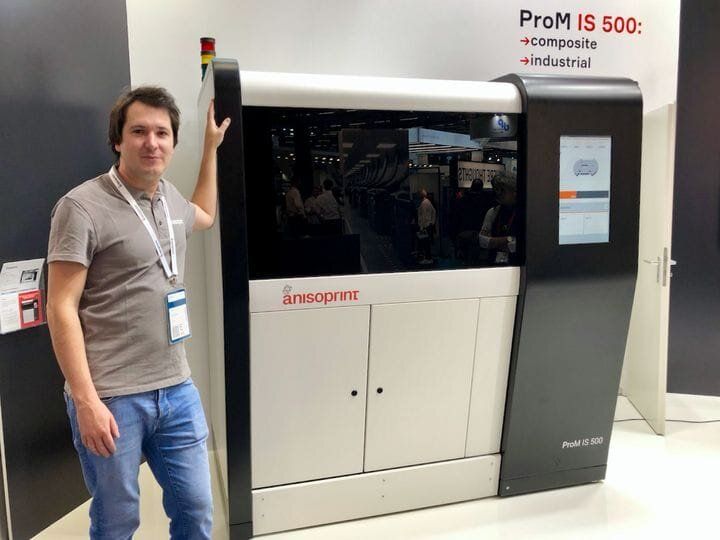
Read More
Continuous Composites Files Patent Infringement Lawsuit Against Markforged
Continuous Composites files patent infringement lawsuit against Markforged asserting the infringement of four patents that include process and hardware claims, which are core to the underlying operation of Markforged’s flagship continuous fiber printers.
Read More
Continuous Composites Files Patent Infringement Lawsuit Against Markforged
Continuous Composites files patent infringement lawsuit against Markforged asserting the infringement of four patents that include process and hardware claims, which are core to the underlying operation of Markforged’s flagship continuous fiber printers.
Read More
Continuous Composites Selected by NASA for Additive Manufacturing of Low CTE Open Isogrid Composite Structure
This NASA award will demonstrate CF3D’s robotic steering of individual, continuous carbon fiber tows to print and test a flat 1.6- x 3.3-foot open isogrid rib structure, which will have a low CTE.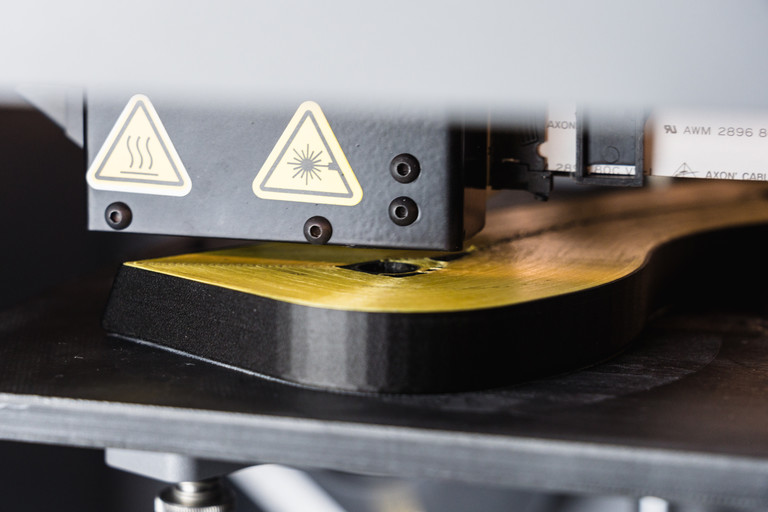
Read More
Continuous Composites and Siemens Energy Partner to 3D Print Generator Components
Continuous Composites, a developer of composite 3D printing technology, has 3D printed power generator components for energy technology firm Siemens Energy. Using Continuous Composites’ proprietary Continuous Fiber 3D Printing (CF3D) process, the partners were able to manufacture the generator parts with drastic cost and lead time reductions.
Read More
View More News
Companies We Work With
A New Way to
Create Awaits
Connect with our team to explore how CF3D® can accelerate your industry.
Reach our team. Inquire
Intro to Continuous Fiber 3D Printing
The range of materials available in 3D printing, even just within Fused Deposition Modeling, has grown considerably in the last few years. Not only are there multiple reputable brands that carry all types of thermoplastics such as ABS, PLA, nylon, and PETG but there are also composites of all those materials that are embedded with various particles/strands like carbon fiber and fiberglass.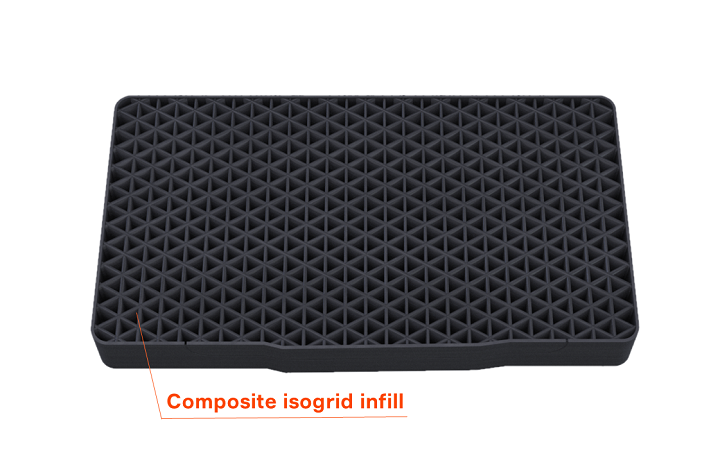 There’s yet another variety of composite 3D printing that’s becoming increasingly popular: continuous fiber.
There’s yet another variety of composite 3D printing that’s becoming increasingly popular: continuous fiber.
Chopped vs Continuous
With standard fiber-filled filament, the fiber strands are chopped very short to make the material printable. The most obvious drawback is that there’s little overlap between the fibers and practicality no fibers that cross adjoining layers. As such, parts printed with fiber-filled materials are often only marginally stronger or stiffer than standard 3D printed parts.
Continuous fiber 3D printing is exactly as it sounds. Rather than embedding millions of half-a-millimeter-long strands of fiber into the filament when it’s manufactured, a spool of fiber is used to embed very long strands of fiber into parts as they are printed. Continuous fiber 3D printing provides substantially more strength and stiffness because it better mimics the manufacturing process of traditional carbon fiber parts where long strands of fiber are layered on top of another in a resin.
The Costs of Conventional Carbon Fiber
Conventional carbon fiber parts are very expensive not because of the cost of the raw materials but because of the costs of the equipment needed to ship and process those materials. Pre-preg is a term that applies to a composite of carbon fiber and resin that’s still wet and ready for shaping; it has to be refrigerated from the moment it’s manufactured up until the point it’s used, meaning there are lots of extra logistical costs. To make carbon fiber parts, molds first have to be made, which of course aren’t free. And curing the final parts requires autoclaves that are as large as the parts themselves, and considering that carbon fiber is a popular choice for building airplanes, the autoclaves are understandably expensive to build and operate.
With continuous fiber 3D printing, nearly all of those costs go away without sacrificing strength. There are several companies that offer continuous fiber 3D printing but we’re going to look at three of the best-known brands.
Markforged has several machines that can lay continuous fibers. Their systems rely on separate toolheads to deposit the different materials: one extrudes a thermoplastic matrix just like a normal 3D printer and the other lays down strands of fiber in select areas to increase tensile strength. They can work with carbon fiber, fiberglass, and kevlar.
Desktop Metal’s Fiber system works much in the same way as the Markforged solution except that its Micro Automated Fiber Placement (µAFP) technology uses rolls of fiber tape rather than spools of fiber. It can embed carbon fiber into nylon, PEEK, and PEKK, and nylon can also be embedded with fiberglass. They claim their parts can be stronger than steel and lighter than aluminum.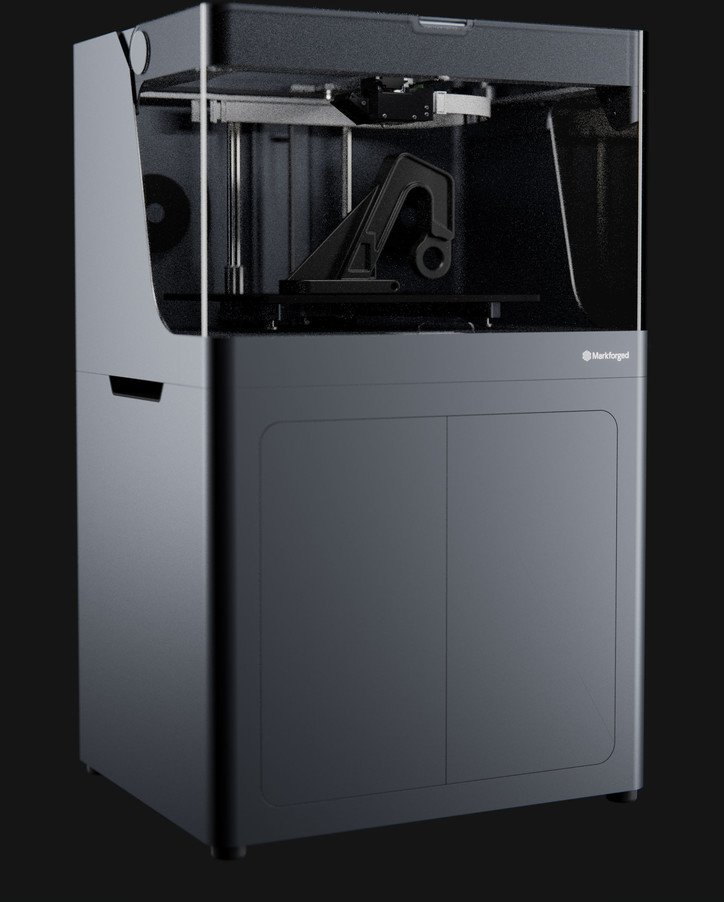
Continuous Composites takes a different approach with their CF3D solution. Instead of using a thermoplastic for its rigid material, it employs a photopolymer. The toolhead coats the strand of fiber with a photopolymer as it’s deposited and then immediately cures it with a powerful UV light. This allows it to embed every single line with fiber, not just select areas. It also means it can bridge long gaps without the need of supports. The CF3D system is compatible with structural fibers like carbon, glass, and aramid as well as functional fibers such as optical and metal, which enables all kinds of nifty tricks like embedded sensors and circuits.
While these systems are not as affordable as most desktop 3D printers, they’re significantly more accessible than most metal 3D printers and conventional carbon fiber manufacturing equipment, and they’re way easier to use. The material selection for this segment will continue to grow with the 3D printing materials sector as a whole; more polymers will be developed for the matrix and more fibers will be released to match. I wouldn’t be surprised if there are already material scientists developing fibers that expand and contract when heated or exposed to an electrical current, which would delight those who are working on soft robotics and embedded electronics.
Featured image courtesy of Continuous Composites.
Anisoprint presents new material for 3D printing with continuous fiber composites
News
Anisoprint, a manufacturer of 3D printers for printing with continuous fiber composites, has developed a new reinforced material Composite Basalt Fiber (CBF) — composite basalt fiber.

Products printed using basalt fiber using anisoprinting technology are superior in combination of physical and mechanical characteristics to metals and plastics, being up to fifteen times stronger than non-reinforced polymers, five times lighter than steel, one and a half times stronger and lighter than aluminum. The use of CBF reduces production costs, and printed parts are obtained several times cheaper than analogues from other materials.
A special property of basalt is radio transparency. Details printed from basalt fiber do not significantly affect the amplitude and frequency of electromagnetic waves passing through them. Composite basalt fiber is an excellent material for radio-transparent and insulating elements.
Anisoprinting is a continuous composite fiber co-extrusion technology. Co-extrusion (joint application of two materials) allows the use of various thermoplastic polymers as a binder and reinforcing them with continuous composite fibers. In this way, the direction, volume fraction and density of the fibers can be varied.
In this way, the direction, volume fraction and density of the fibers can be varied.
Anisoprint currently offers two reinforcing materials — Composite Carbon Fiber (CCF) and Composite Basalt Fiber (CBF). During the printing process, the reinforcing fiber is combined with plastic (PET-G, ABS, PLA, polycarbonate, nylon, etc.). The output is strong and lightweight parts with the required chemical, thermal and surface properties.
Composite basalt fiber can be ordered together with Anisoprint Composer 3D printers on the official website of the manufacturer.
Press release
Do you have interesting news? Share your developments with us, and we will tell the whole world about them! We are waiting for your ideas at [email protected].
Subscribe to the author
Subscribe
Don't want
1
Article comments
More interesting articles
6
Subscribe to the author
Subscribe
Don't want
A new method called iCLIP was created with the participation of Professor DeSimon - co-founder and CEO . ..
..
Read more
5
Subscribe to the author
Subscribe to the author
Don't want to
Stamping is widely used in a wide variety of industries - from the production of consumer goods and auto ...
Read more
53
Subscribe author
Subscribe
Don't want
As we all know, a real 3D printer should have a solid acrylic body, high quality...
Read more
Everything you need to know about carbon fiber for 3D printed
First produced by Joseph Swan in 1860, carbon fiber is made up of a long chain of carbon atoms linked together. The chain is typically 5 to 10 micrometers in diameter and varies in length depending on the application. Over the years, carbon fiber has become popular in many sectors because it offers interesting properties, including high stiffness, high tensile strength, light weight, high chemical resistance, high temperature resistance, and low thermal expansion.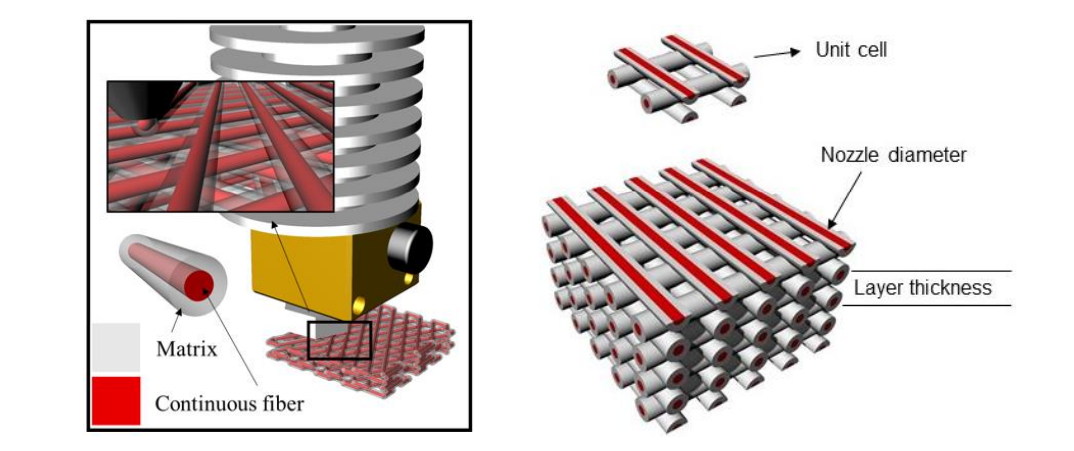 Pure carbon fiber is actually five times stronger than steel and twice as stiff but lighter. As you can imagine, these characteristics make carbon fibers suitable for applications in sectors such as aerospace, automotive, military or civil engineering.
Pure carbon fiber is actually five times stronger than steel and twice as stiff but lighter. As you can imagine, these characteristics make carbon fibers suitable for applications in sectors such as aerospace, automotive, military or civil engineering.
As some of you may already know, carbon fibers are rarely used on their own. They are usually combined with other materials to form what we call a composite material - in this particular case, these are materials reinforced with carbon fiber. These composites are made from a matrix material, usually a polymer, although it is possible to use non-polymer materials such as ceramics to which carbon fibers are added. The main advantage is that you end up with a stronger but lighter plastic with a higher level of stiffness.
The body of this bike frame is made of carbon fiber | Source: Arevo
Traditionally, carbon fiber composites have been used for structural design, where added weight results in increased life cycle costs or unsatisfactory performance. Carbon fiber composites can be used to create many products such as bicycle frames, aircraft fenders, propeller blades, automotive components, etc. As you can imagine, given the many benefits of carbon fiber, it is already being used by more than just traditional manufacturing systems. In recent years, more and more 3D printing companies are offering carbon fiber reinforced materials or technologies. They are designed to work with this composite to provide better performance. So how is carbon fiber being used in additive manufacturing?
Carbon fiber composites can be used to create many products such as bicycle frames, aircraft fenders, propeller blades, automotive components, etc. As you can imagine, given the many benefits of carbon fiber, it is already being used by more than just traditional manufacturing systems. In recent years, more and more 3D printing companies are offering carbon fiber reinforced materials or technologies. They are designed to work with this composite to provide better performance. So how is carbon fiber being used in additive manufacturing?
3D Printing Applications
In its 3D Printing Composites 2020 - 2030 report, IDTechEx reports that the global market for 3D printing composites will reach $1.7 billion by 2030. This figure also includes other composite materials, such as materials reinforced with fiberglass or plastic. However, this trend clearly demonstrates that the 3D printing industry is increasingly using all composites, including carbon, in their manufacturing activities. There are essentially two ways to use carbon fiber in 3D printing, the first is carbon fiber reinforced filaments and the second is continuous carbon fiber reinforcement.
There are essentially two ways to use carbon fiber in 3D printing, the first is carbon fiber reinforced filaments and the second is continuous carbon fiber reinforcement.
Carbon fiber filament
Carbon fiber filament uses short carbon fibers composed of segments less than one millimeter long, which are mixed with a thermoplastic known as a base material. There are a number of popular filaments available with carbon fiber fill, including PLA, PETG, nylon, ABS, and polycarbonate. These fibers, being extremely strong, cause an increase in the strength and stiffness of the thread, and also reduce its overall weight. The requirements for 3D printing carbon fiber filaments should be the same as for the base material they were added to. The main difference is that fibers can clog 3D printer nozzles, so experts recommend using a hardened steel nozzle. In addition, when a certain threshold of fibers is exceeded, the part printed on a 3D printer loses its surface quality.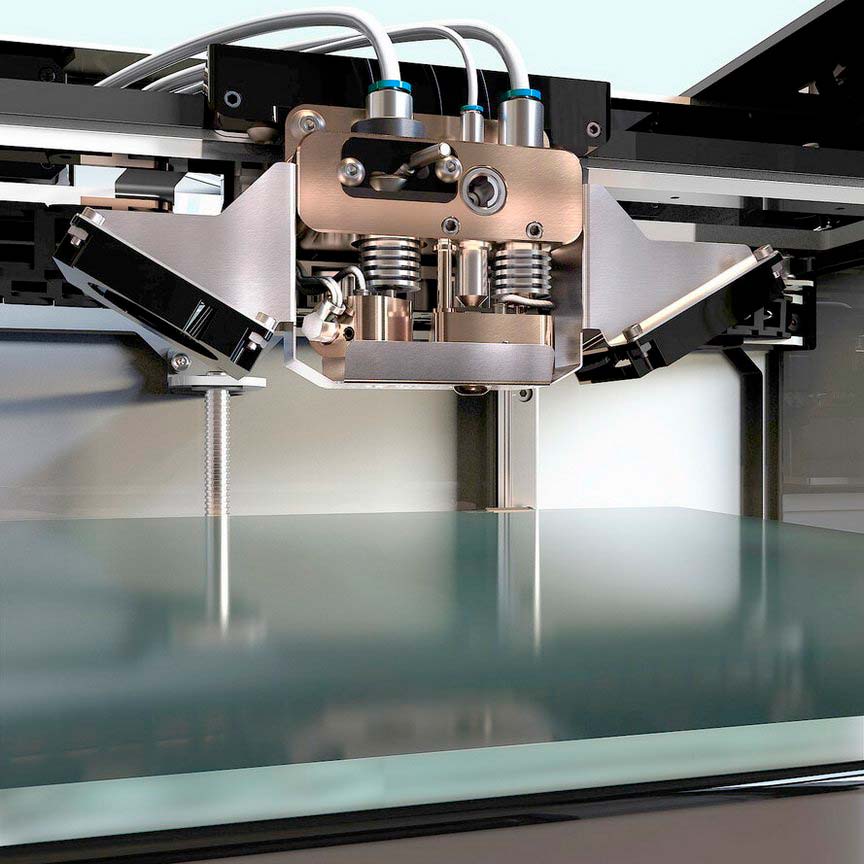
Carbon fiber segments embedded in thread for reinforcement | Source: Markforged
Some companies have developed carbon fiber fibers for more technical applications. These yarns use high performance polymers (HPPs) such as PEEK or PEKK as the base material. Consequently, they not only offer the benefits of HPPs such as durability and high mechanical and chemical performance, but also an improved strength to weight ratio. Print settings need to be adjusted as HPPs require extruders that can heat up to 400°C and systems that have heated chambers and build plates. Some of the carbon fiber filament manufacturers are: Roboze, 3DXTech, ColorFabb, Markforged, Kimya, Intamsys, Zortrax, etc.
Continuous carbon fiber reinforcement
Carbon fiber thread is definitely stronger than thread that has not been reinforced. However, to get an even stronger part, another method called continuous carbon fiber reinforcement can be used. Since carbon fiber is not cut into smaller pieces, it retains much more strength. In fact, continuous printing on carbon fiber is strong enough to be half the weight of aluminium. 3D printer manufacturers claim that they can replace metal 3D printing for some applications. And the main advantage is that it is cheaper than metal. Finally, by placing carbon fiber according to DfAM techniques, it is possible to increase the strength of the part while reducing material consumption.
In fact, continuous printing on carbon fiber is strong enough to be half the weight of aluminium. 3D printer manufacturers claim that they can replace metal 3D printing for some applications. And the main advantage is that it is cheaper than metal. Finally, by placing carbon fiber according to DfAM techniques, it is possible to increase the strength of the part while reducing material consumption.
Using DfAM methods, it is possible to strengthen a part using carbon fiber | Source: Anisoprint
There are several players on the market that offer technologies that can continuously print carbon fibers. They can be divided into two main types, depending on when the carbon fiber is added (it can be added before the 3D printing process or during). When added earlier, continuous fiber 3D printing is known as backing prepreg, while when added during extrusion, it is called co-extrusion. In the prepeg technique, you also get a composite thread (or tape), but the carbon fibers have not been cut, instead they have been impregnated with a polymer through a pultrusion process.
Members offering continuous fiber 3D printing include Markforged, Anisoprint, CEAD, etc. More recently, Desktop Metal has also joined the race with a new system called Fiber. Fiber uses Micro Automated Fiber Placement (µAFP). In addition, 9T Labs has developed additive synthesis technology (AFT) to mass-produce carbon composites at a lower cost.
Carbon 3D printing: other technologies
A departure from the better known extrusion process, an interesting technology is the patented AREVO process, based on directed energy deposition technology, in which a laser is used to heat filament and carbon fiber simultaneously as a roller presses them together. Impossible Objects and EnvisionTEC have also added carbon fiber 3D printing systems to their machines, but the technology is slightly different. They weave sheets of carbon fiber using a lamination process. Last but not least, Continuous Composites uses a hybrid technology where a strand of fiber is impregnated with resin and then cured with UV light, similar to SLA 3D printing.


